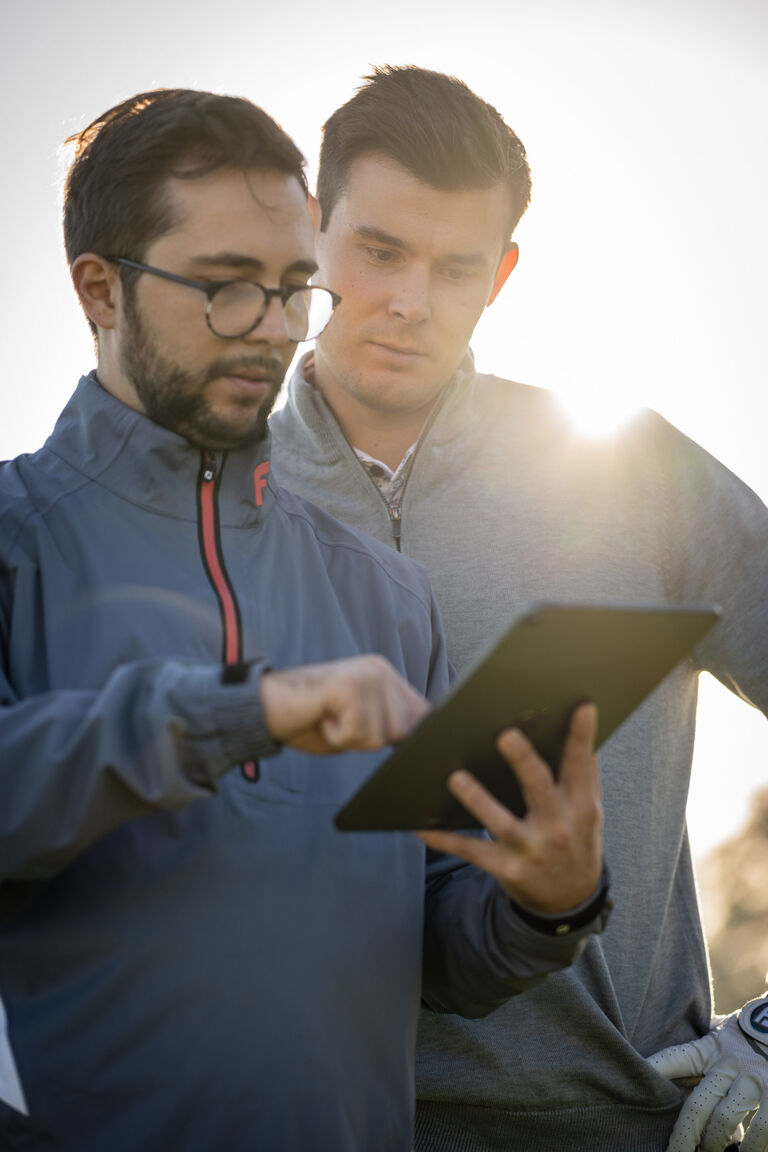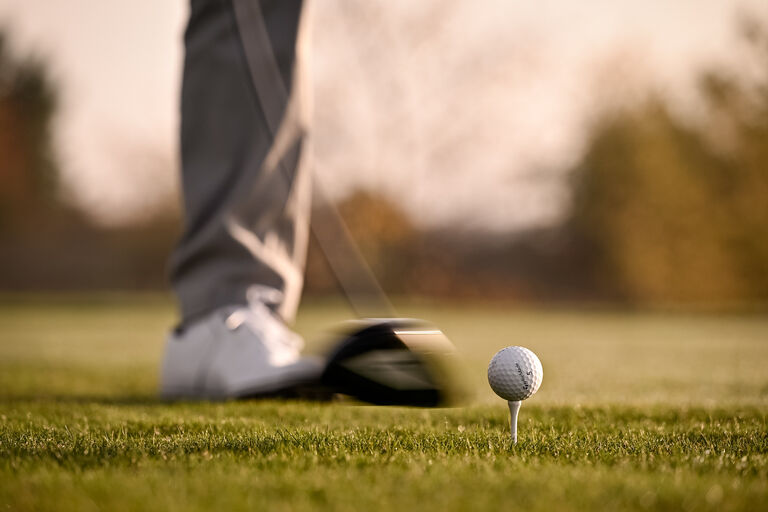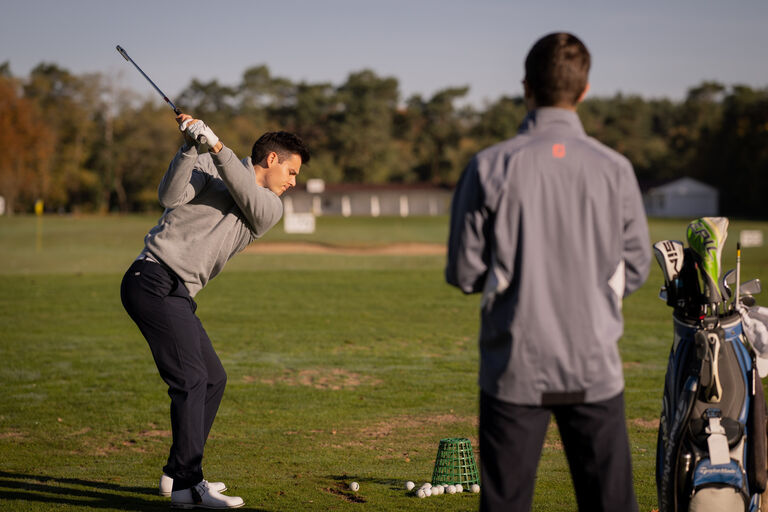Find your feet in golf
Why improving your swing has a lot to do with foot- and legwork
Pound for pound, the feet, together with the leg and trunk muscles, generate huge powers in the human body. They propel key parts of the movement chain that forms the golf swing. Aptly controlled, your feet work wonders for your shot length, accuracy, and consistency.
The golf swing is a spectacle of arms, elbows, wrists, hands, and shoulders. All of them are visibly in motion, so no wonder a lot of the attention goes there, when it comes to swing technique improvement. Footwork and leg activation are maybe less conspicuous, but no less important.
Your feet and your pressure generation at large are instrumental to three moves within the golf swing that all contribute to better shot quality as well as speed and power generation: hip rotation, weight shifting and “unweighting” or interacting with the ground. Let’s go through them one by one.
Hip rotation: the basis for controlled shots
For a right-handed player, correct hip rotation would mean to move the right hip away from the ball in backswing, then forcefully rotate back against the clock in downswing. It pays off to get grounded in a smooth, controlled rotational move. The more solid your rotation, the better your body opens towards the target, the better by consequence can you maneuver your arms and hands for a convincing, forceful strike.
A good indicator on how you’re faring with your rotation is to check the pressure shift that occurs during the rotational move with the percentage graph inside the BAL.ON app.

Work diligently on the correct, full hip rotation. Together with your coach, you can check the percentage graph in the BAL.ON app to see whether you are on the right track.
Shifting weight for more power
BAL.ON comes in even more handy when you want to monitor your weight shift. The goal here is to move from trail leg to lead leg in a well-timed, fast motion. During the backswing, keep your weight in the heel of the trail leg – that’s easy to check with BAL.ON’s live heatmap.
Aim for some 80% pressure and keep it there until you have almost finished the backswing. Then quickly transfer the pressure during the downswing towards impact. Try to reach some 80% pressure in the lead leg when you hit the ball. Again, the live heatmap and BAL.ON’s playback functionality will help you.

Try and have around 80% pressure on your lead leg while at impact.
Unweighting – the right type of bounce
Interacting with the ground as a term may strike you a little weird. As with all creatures subject to gravity, you always interact with the ground, even if you casually walk up to the range. The good news is that, if you do it in the right way, it creates greater power in your strokes.
During backswing, tense the muscles of your trail leg, right up to your glutes. Keep that tension for a short while. Coaches sometimes refer to this as “loading”. While still in backswing, get into a fast, light squat, often called “unweighting”. Then, while swinging down, create a fast and wide pressure shift towards the lead leg, until pushing back off the ground with the lead foot energetically.
Your body bobbing down and back up lends your arms greater rotational force. This results in more clubhead speed and thus in longer shots. To get more comfortable with unweighting and the related movement parts, there are several drills eligible in the BAL.ON App. You can try out the Max Vertical drill, the Vertical Timing drill, or the Impact drill to get this demanding technique ever more solid. Be prepared to give this some time and effort.

Unweighting is a small abrupt folding in your body center and kicking back to upright again. It takes a while to get used to.
So, absolutely heed any coaching advice you get on how to improve your grip or how you use your arms and shoulders. Yet do not neglect your feet and legwork – especially with the help of BAL.ON, it will improve your swing. It will improve your game.

